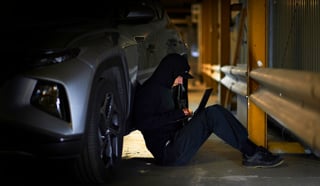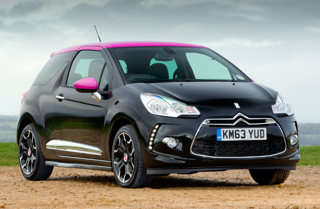Safety management technologies such as telematics are becoming widespread, but research suggests fleets of all vehicle types could be making far greater use of them.
It found one-in-two fleets (51%) use telematics, but less than two-thirds (62%) of those use the technology in some of the cars they operate, compared with 81% of vans and 97% of HGVs.
And, while lane departure sensors were less common, they were more likely to be found on company cars, with 42% having the road safety system fitted compared to just one-in-10 HGVs.
However, the report, which was commissioned by Brake and the Licence Bureau, also highlighted the negative impact on road safety of certain types of technology.
Brake is particularly concerned at the prevalence of hands-free mobile phone kits in company vehicles. Hands-free kits are present in some, most or all vehicles in two-thirds (68%) of HGV fleets and four-in-five (80%) of the car fleets surveyed. But only 4% of employers are making use of apps that prevent mobile phone use behind the wheel.
Brake says there is a clear need for employers to do more to improve the safety of their vehicles. “It is disappointing to see that so many are not taking full advantage of new safety technologies on offer,” said Dr Tom Fisher, senior research and communications officer at Brake.
“Blind spot devices and safety management kit like telematics have huge potential to reduce crashes and casualties, and bring down associated costs for the operator.”
HGVs make up only 5% of vehicles on UK roads, yet are involved in a quarter (23%) of cyclist deaths and one-in-seven (13%) of pedestrian deaths. In 2013, 78 people on foot or bike were killed by HGVs, according to Government figures.
Blind spots are a particular issue with HGVs. In 2013, of the crashes and incidents in which an HGV played a contributory factor, the Department for Transport (DfT) says vehicle blind spots were the second-leading issue.
Two-thirds of HGV fleets (68%) now fit at least some of their HGVs with CCTV systems. However, there was variety in the placement of these cameras, indicating that they were being used for a number of purposes.
Cameras can be used to ‘see’ into vehicle blind spots, or parts of the road it is difficult to see. These can help drivers spot vulnerable road users, and prevent crashes when reversing or manoeuvring.
Rear-facing cameras are the most common, with 33 HGV fleets (56%) fitting them on at least some of their vehicles and (20%) on all.
The study also showed there was no correlation between fleet size and the presence of cameras on HGV vehicles.
However, few car fleets surveyed have cameras fitted. Reversing cameras are the most common, with the technology present on 16% of company cars compared with front-facing cameras on 12%, and side-facing and driver-facing, which were fitted to just 3%.
There is also a lot of variation in the presence of different types of technology on car fleets.
The majority have daytime running lights (88%), reversing sensors (86%) and/or adaptive headlight systems (70%) on at least some of their cars.
Brake and the Licence Bureau is calling on employers to implement the latest safety technology suitable for their vehicles and reap the business benefits of reduced crashes, bumps and scrapes and lower insurance premiums.
Les Owen, compliance consultant at Licence Bureau, concluded: “Surely, it is obvious that the cost of a crash makes it sensible to consider fitting some of the safety technology items.
“One serious crash or fatal collision can lead to a lifetime of problems for drivers and managers alike so doing more to avoid them is a no-brainer.
“Implementing good policies, which are reviewed with drivers to provide learning opportunities and reminders of company objectives, is good practice. Writing a policy and not doing anything with it is just as bad as not having one.”
























Login to comment
Comments
No comments have been made yet.